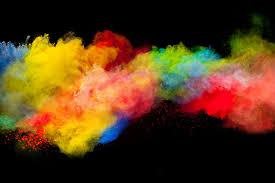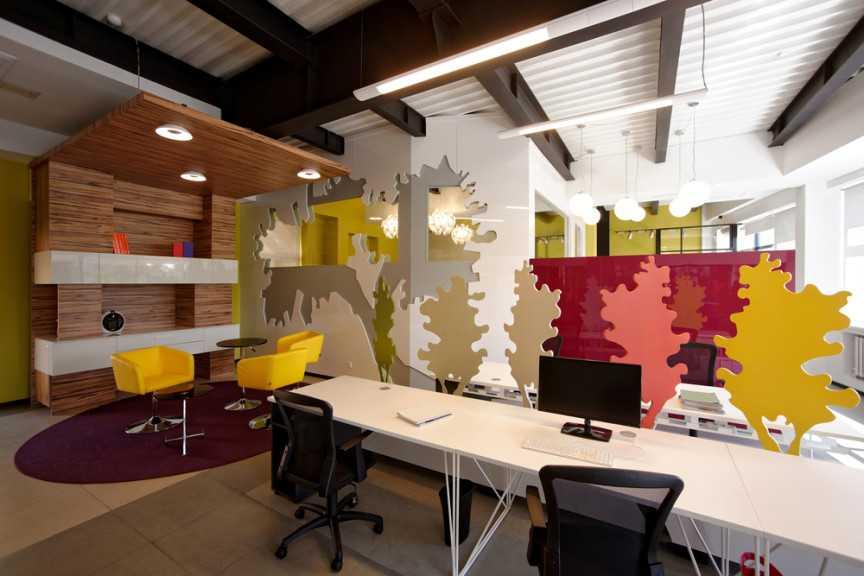The Psychology of Color pt.1
Color psychology is the study of how colors affect human behavior and emotions. Each color has unique psychological properties and can evoke a wide range of emotions. For example:
Red: It is often associated with passion, energy, and excitement. It can stimulate the body and mind, increase heart rate, and create a sense of urgency.
- Blue: This color is known for its calming and soothing effects. It promotes relaxation, tranquility, and can even lower blood pressure.
- Yellow: It is associated with happiness, optimism, and creativity. Yellow can enhance mood and stimulate mental activity.
36
418 reads
CURATED FROM
IDEAS CURATED BY
🔹Wellness 🔹Empowerment 🔹Life Coaching 🔹Learning 🔹Networking 🔹Counseling 🔹Evolution 🔹Transformation
Colors have an incredible ability to influence our emotions, thoughts, and overall well-being. They play a vital role in shaping our perception of the world and have a profound impact on our humor and mind. From the vibrant hues of a sunset to the soothing shades of a serene forest, colors have the power to evoke specific feelings and alter our moods. In this article, we will explore the fascinating connection between colors and their influence on our sense of humor and state of mind.
“
Similar ideas to The Psychology of Color pt.1
The Psychological Effects of Color
While most perceptions of color are subjective, some color effects have universal meaning.
- Colors in the red area of the color spectrum are known as warm colors and include red, orange, and yellow. These warm colors evoke emotions ranging from feelings of warmth and comfort ...
Organizing Our Worskapce: The Influence of Colors
- Red accelerates the heart rate, giving you a jolt of energy. Your eye is instantly drawn to red, and it promotes physical activity and emotion.
- Orange is a social color, encouraging interaction. It works well in meeting rooms or other social spaces...
Color conflicts
Complementary colors lie opposite one another on the spectrum. For example, red complements blue, yellow complements violet.
When complementary colors are placed in close proximity, it is apt to cause conflict and disturb the eyes. Used subtly, it can make our eyes dance to a discordant tun...
Read & Learn
20x Faster
without
deepstash
with
deepstash
with
deepstash
Personalized microlearning
—
100+ Learning Journeys
—
Access to 200,000+ ideas
—
Access to the mobile app
—
Unlimited idea saving
—
—
Unlimited history
—
—
Unlimited listening to ideas
—
—
Downloading & offline access
—
—
Supercharge your mind with one idea per day
Enter your email and spend 1 minute every day to learn something new.
I agree to receive email updates


